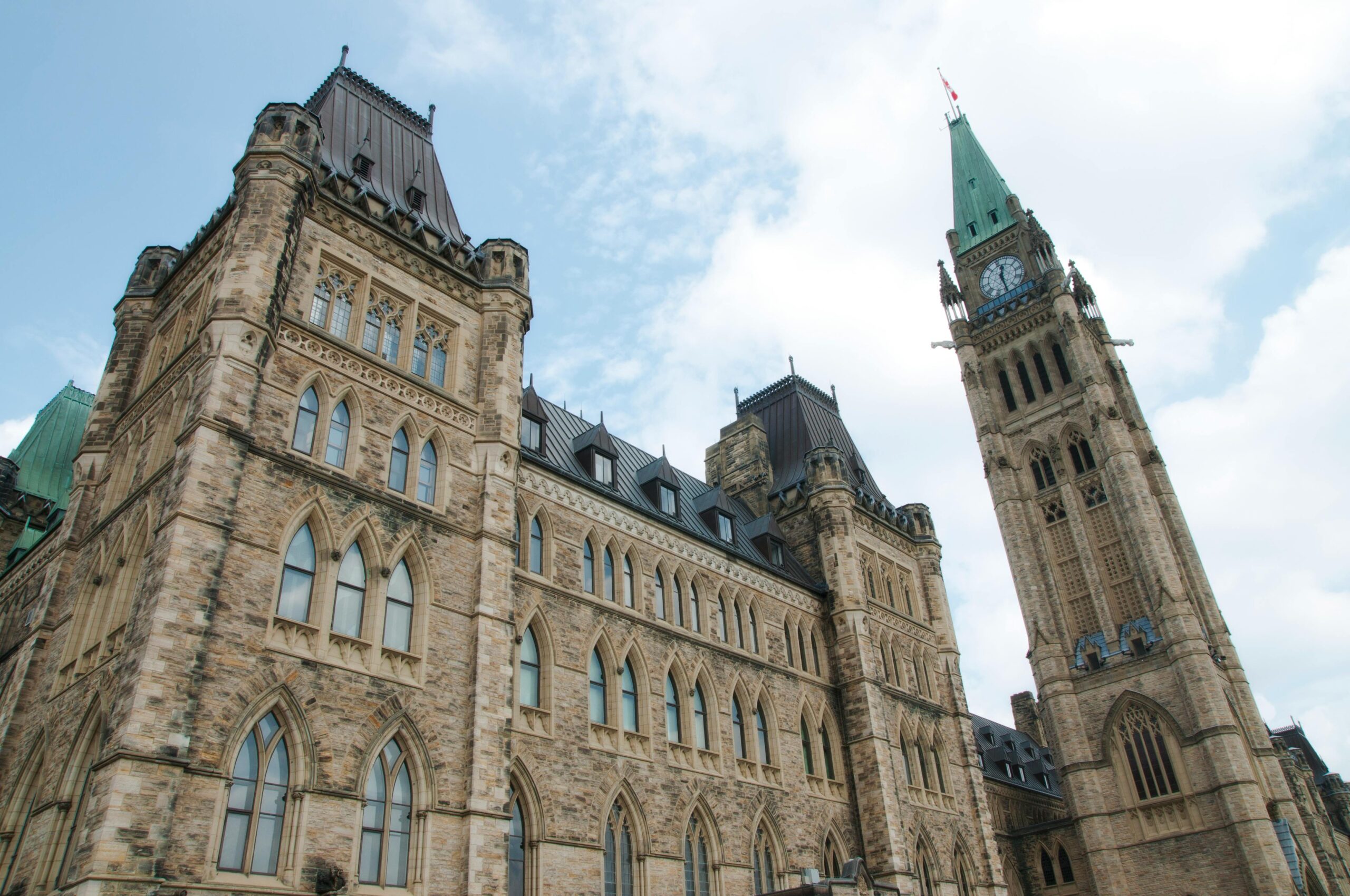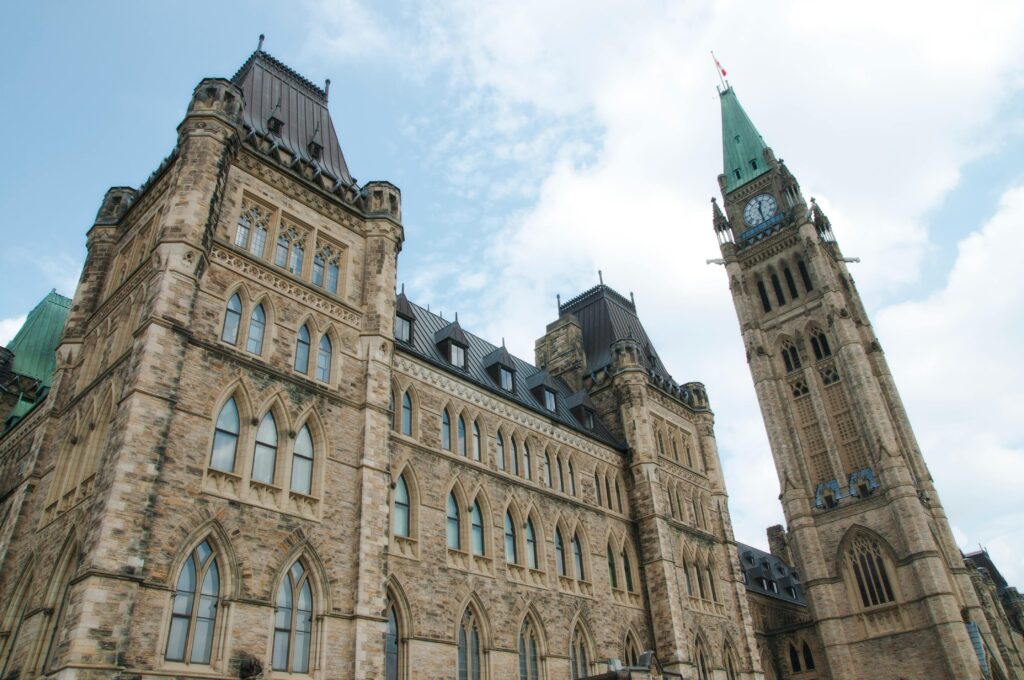An Introduction to Canadian Federalism

By Lori Turnbull, Senior Advisor
July 9, 2025

Federalism, or multi-order governance, is a defining feature of Canadian politics and government. It means that powers and authorities are divided between the federal government and its provincial and territorial counterparts. Though municipal governments are part of the mix too, they are not constitutional entities in and of themselves. They are sometimes referred to as “creatures of the provinces” because it is provincial legislation that determines what municipalities can and cannot do. Territorial governments are creatures of the federal government in a similar way. Indigenous governments have historically been excluded from intergovernmental decision-making tables in Canada. Part of the work of reconciliation is determining how to address this issue.
Since Confederation, federalism has kept us together as a country because it allows for flexibility, regional and provincial responsiveness, and the pooling of both resources and common risks. The British North America Act divides powers and responsibilities between federal and provincial governments, with the courts acting as a mechanism for dispute resolution when there are disagreements. Federalism enables unity and diversity simultaneously and, by creating different access political points within the system, enhances the integrity of democracy and guards against the over-concentration of power.
At the same time, federalism is responsible for many of the headaches in Canadian politics. Let’s start with the constitution. The Peace, Order and Good Government (POGG) clause gives the federal Parliament the authority to make laws for the good of the nation. Residual power (anything not specifically enumerated) resides with the federal government rather than with the provinces. Though powers and responsibilities are divided, the compartments are not watertight. Far from it. The federal government involves itself in provincial jurisdiction all the time – sometimes out of desire and, other times, at the request of provinces looking for help. Provincial areas of responsibility, particularly health care, are expensive and require federal transfer payments to keep programs afloat. While health care would not exist as it does now in Canada without federal involvement, the intergovernmental co-existence in this policy space often blurs the lines of accountability. If things go wrong, it’s hard for the voter to know who is ultimately responsible. Buck-passing and blame games are time-honoured traditions in intergovernmental relations in Canada.
The constitutional amending formula has proven virtually impossible to work with, and so any changes to federal governance in Canada come through less formal means, including legislation (i.e. the Canada Health Act), bilateral arrangements between the federal government and the respective provinces (i.e., the Early Learning and Child Care agreements), and political pacts between two or more governments (i.e. the Memoranda of Understanding between the governments of Alberta and Ontario regarding cooperation on pipelines, critical minerals, etc). The tone of intergovernmental relations can range from collaborative to conflict-based depending on the dominant issues of the day, the level of divergence between provincial interests and priorities, and the attitudes and political circumstances of the prime minister and premiers.
These days, the tariff war with the United States has created the conditions for Canadian political leaders to focus on what they have in common rather than what can tear them apart. Governments are working on bringing down barriers to interprovincial trade and premiers are striking new partnerships with one another to help protect citizens, businesses and industries from the harsh implications of U.S. tariffs as much as possible.